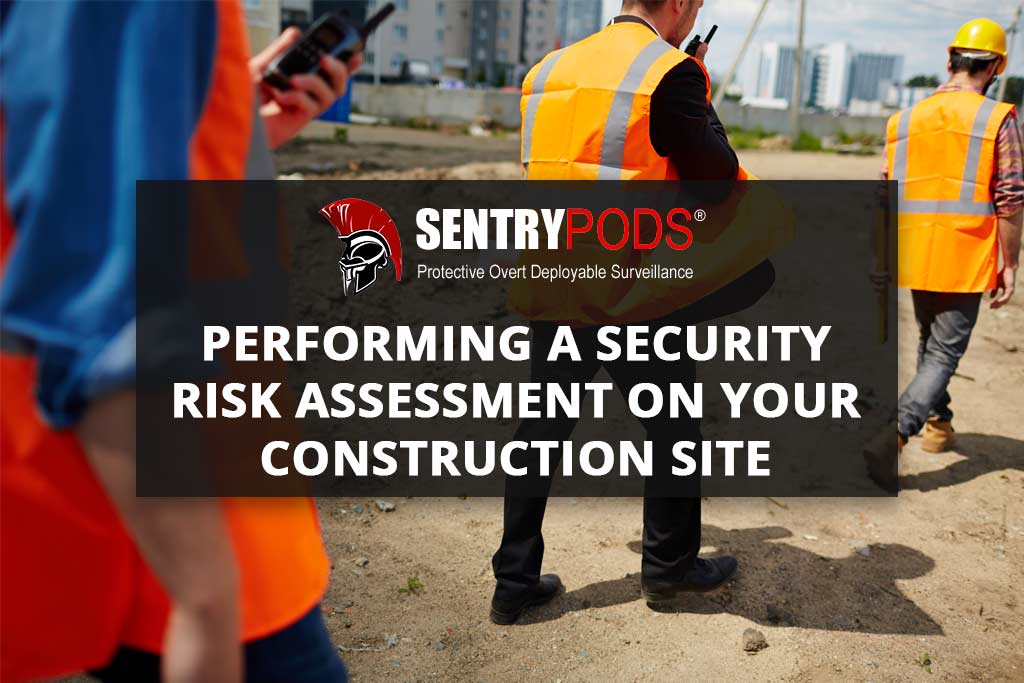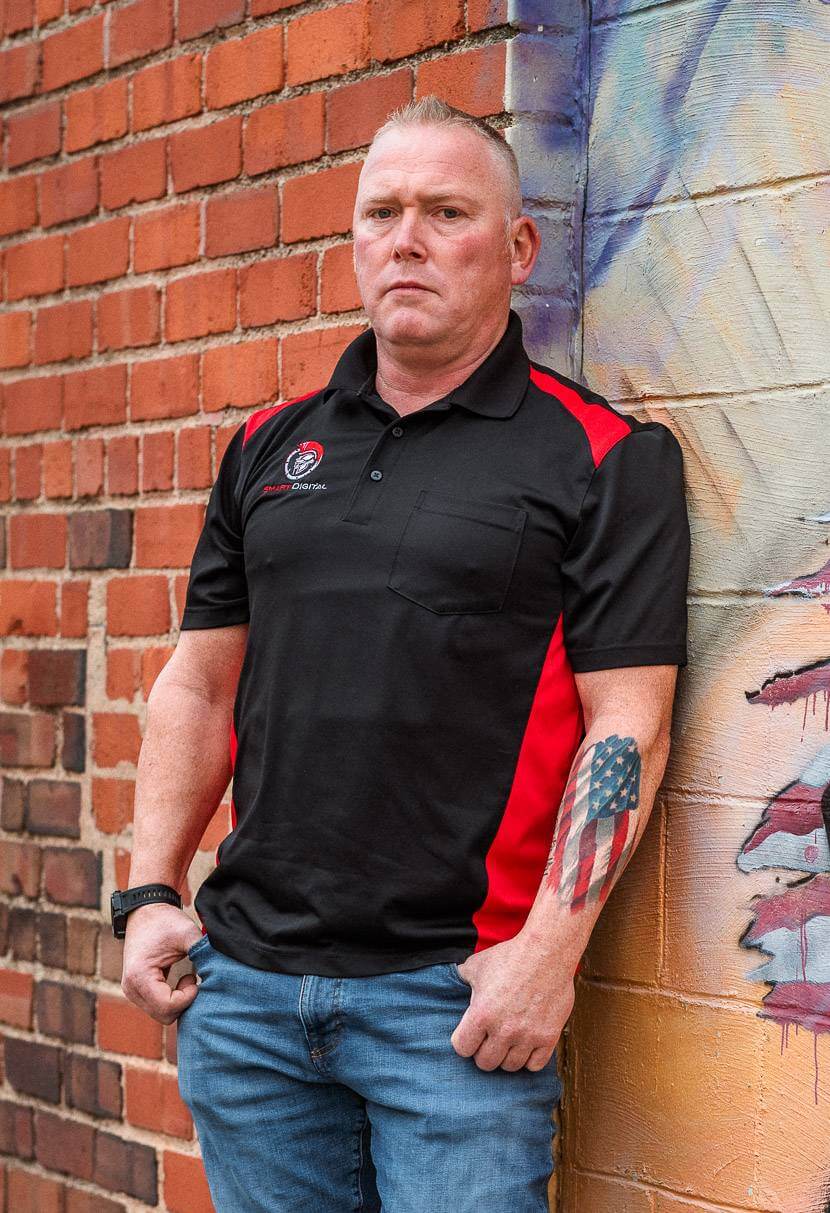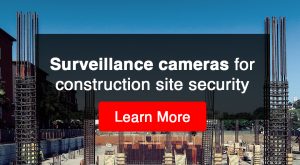Performing a Security Risk Assessment on Your Construction Site

Since construction sites can be all too tempting for thieves and vandals – especially when a site is in a high-crime area – conducting regular security risk assessments can be a vital part in preparing for the worst. These assessments will help to prove how efficient current security controls on your site may be while shining a light on any areas that may need a bit of upgrading and revealing any preventive measures you may be able to take to increase the efficacy of your existing security controls.
The first step in conducting a security risk assessment is to identify current security risks. While every site is unique, some common physical risks to pay attention to are:
- Can unauthorized people access the site?
- Are valuables properly stored when they are not in use?
- Are workers trained in identifying/reporting security concerns?
- Is the site in a low-light/high-crime area?
- Are there high-tech security measures in place (i.e. surveillance cameras)?
Once these security risks have been identified, the next phase is to assess and prioritize these risks. The options for prioritizing and labelling risks are varied – from color-coding to numerical labels or categorizing risks as high, medium, or low threat. However you decide to prioritize and label risks is up to you, but the key factor is informing your workers of the labelling procedures that you’ve set in place so that everyone is on the same page. In this case, training all staff to understand your assessed and prioritized risks is equally as important as the prioritization and labelling itself.
Next comes the mitigation planning step, in which you and your team should identify the steps that need to be taken in order to prevent security risks from occurring. As an example, Millennium Security advises that if you identify a high risk of unauthorized access on your site, the appropriate plan would involve “introducing access control measures…. Perhaps the plan would include investing in quality access control systems, hiring manned security guards, or carrying out thorough CSCS card checks.” When creating mitigation plans, make sure to note exactly who on a team is responsible for each security measure and the general monitoring of this potential security risk.
Finally, because construction sites are in a constant state of change, security assessments require constant reviews and updates. As a project progresses, security risks evolve, which means that what was once a concern may no longer be a risk, and vice versa. Whether it’s a case of high risk associated with vandalism and theft being fixed by the installation of surveillance cameras or the low-risk, well-lit days of summer evolving into the higher-risk, lower-light conditions of fall and winter, regular reviews and updates of your site’s security risks will help keep you prevent crime and vandalism from occurring.

Brent Canfield
CEO and Creator of SentryPODSBrent Canfield, CEO, and founder of Smart Digital and SentryPODS, founded Smart Digital in 2007 after completing a nine-year active-duty career with the United States Marine Corps. During the 2016 election cycle, he provided executive protection for Dr. Ben Carson. He has also authored articles for Security Info Watch.


